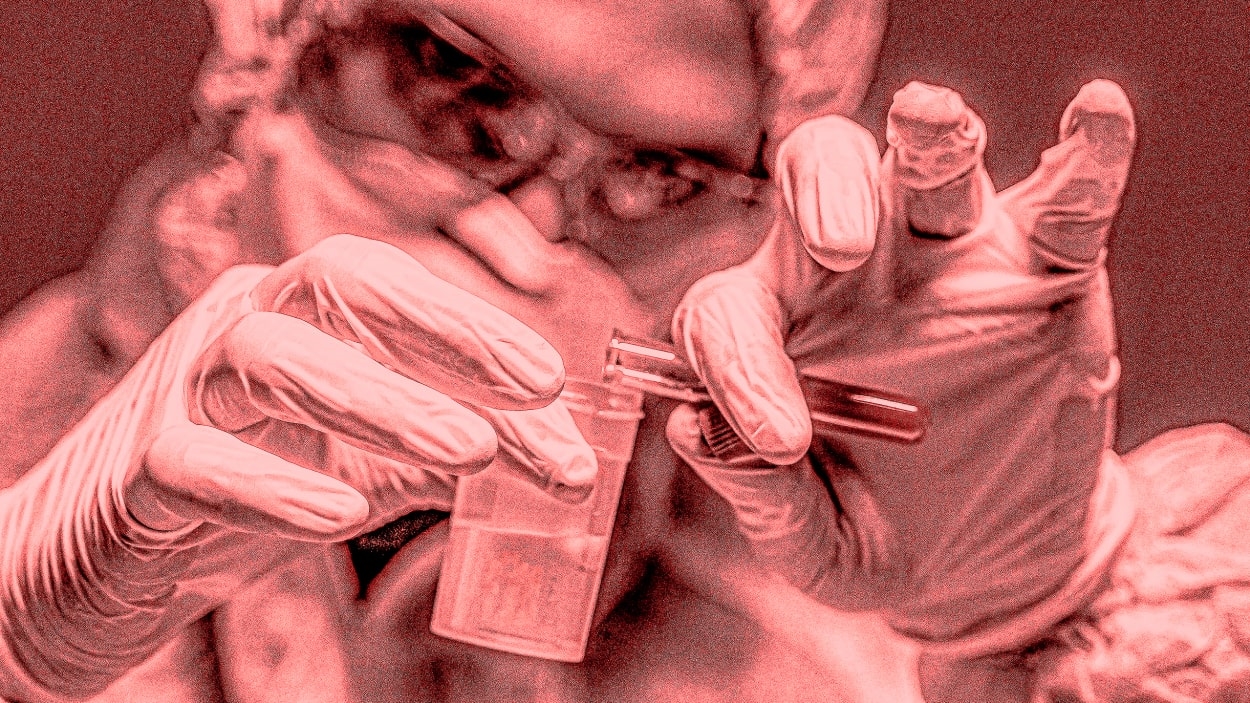Peeps maker tries to save Easter with a guarded response to the red dye 3 coloring controversy
With its iconic Peeps on blast only days before Easter weekend, Just Born Quality Confections—which makes the popular marshmallow treats—is attempting to fight back. Earlier this week, Consumer Reports called out the company over its use of the long controversial red dye No. 3, which the watchdog group referred to as a “dangerous food chemical.”
Red dye No. 3 is a coloring agent used in the pink and purple Peeps, as well as other Just Born candies such as Hot Tamales. Consumer Reports says it began riding the candy maker to remove the dye in mid-March, when it mailed a letter to executives. The group claims that request went nowhere, so this week it upped the pressure by releasing a petition unsubtly titled “End Red Dye 3 in Peeps!” that so far has attracted over 16,000 signatures.
In a statement, Just Born defended its use of the coloring, telling Fast Company that red dye No. 3 is 100% approved for use in candy by the U.S. Food and Drug Administration (FDA). It also teased that the brand is “continually exploring opportunities” to expand into “colors derived from natural sources” that “deliver the same visual impact and stability as their certified counterparts.”
The fight over red dye No. 3 is perennial, usually first resurfacing in the run-up to Valentine’s Day. The colorant—also known as erythrosine and FD&C Red No. 3—has a long history of turning up in consumer products; the Environmental Working Group lists almost 3,000 that still contain the dye. Heightening the controversy is the fact that the FDA banned it in 1990 from cosmetics and topical drugs, acknowledging research showing that high doses have been found to cause thyroid tumors in rats.
Studies since then have linked the dye to neurobehavioral effects and hyperactivity in kids, and many toxicologists caution that children are more susceptible to chemical exposure anyway, so the best practice is probably for them not to consume red dye No. 3.
But the FDA hasn’t banned it from food—largely because, in America, that’s a separate federal decision: Colorants that can go into food are regulated separately from colorants allowed in cosmetics. For food, the FDA approved red dye No. 3’s use way back in 1907. It wasn’t asked to make a determination for cosmetics and applied drugs like prescription creams and ointments until 1990, by which point the FDA said it had seen enough evidence to ban red dye No. 3. The agency added it would “take steps” to reevaluate use in food, but has never taken additional action.
At the same time, red dye No. 3 notably doesn’t appear on the big known-carcinogen lists maintained by the U.S. National Toxicology Program and the World Health Organization’s International Agency for Research on Cancer. The dye’s defenders, such as the International Association of Color Manufacturers, counter that in fact lots of things cause cancer in rats, and studies meanwhile have not linked red dye No. 3 to cancer in humans (despite looking), and some—this 1987 study in particular—have even concluded that high doses of red dye No. 3 can’t harm people because the chemical is poorly absorbed by our bodies.
Yet critics aren’t quite convinced of its unequivocal safety, and last month one influential critic (the Center for Science in the Public Interest) sent the FDA a formal petition to finally ban the dye from food products, supplements, and ingested drugs.
“There is no scientific or public health justification,” the group wrote, for permitting the chemical in food but banning it from cosmetics. Around the same time, Consumer Reports was launching its own campaign to “End Red Dye 3 in Peeps!”
Attempts to get the FDA to reevaluate whether to permit the dye in food have languished for years, but a renewed push is picking up steam. California has legislation pending, sponsored by both Consumer Reports and the Environmental Working Group, that would ban red dye No. 3 in the state along with four other food chemicals. European regulators have also largely banned the dye from food products.
Consumer Reports senior staff scientist Michael Hansen notes in its announcement that Just Born could swap the red dye No. 3 in Peeps for any one of several “less risky alternatives” that haven’t been linked to cancer in animals, yet are “readily available.” He suggests that until Just Born switches the colorant, parents should weigh the potential for harm that Peeps may pose.
Just Born told Fast Company that its ingredients and packaging are all sourced “exclusively from reputable suppliers who adhere to high quality and safety standards.” We requested additional information on the natural alternatives the brand is pursuing to red dye No. 3, but did not receive a response by publication time.
(8)



